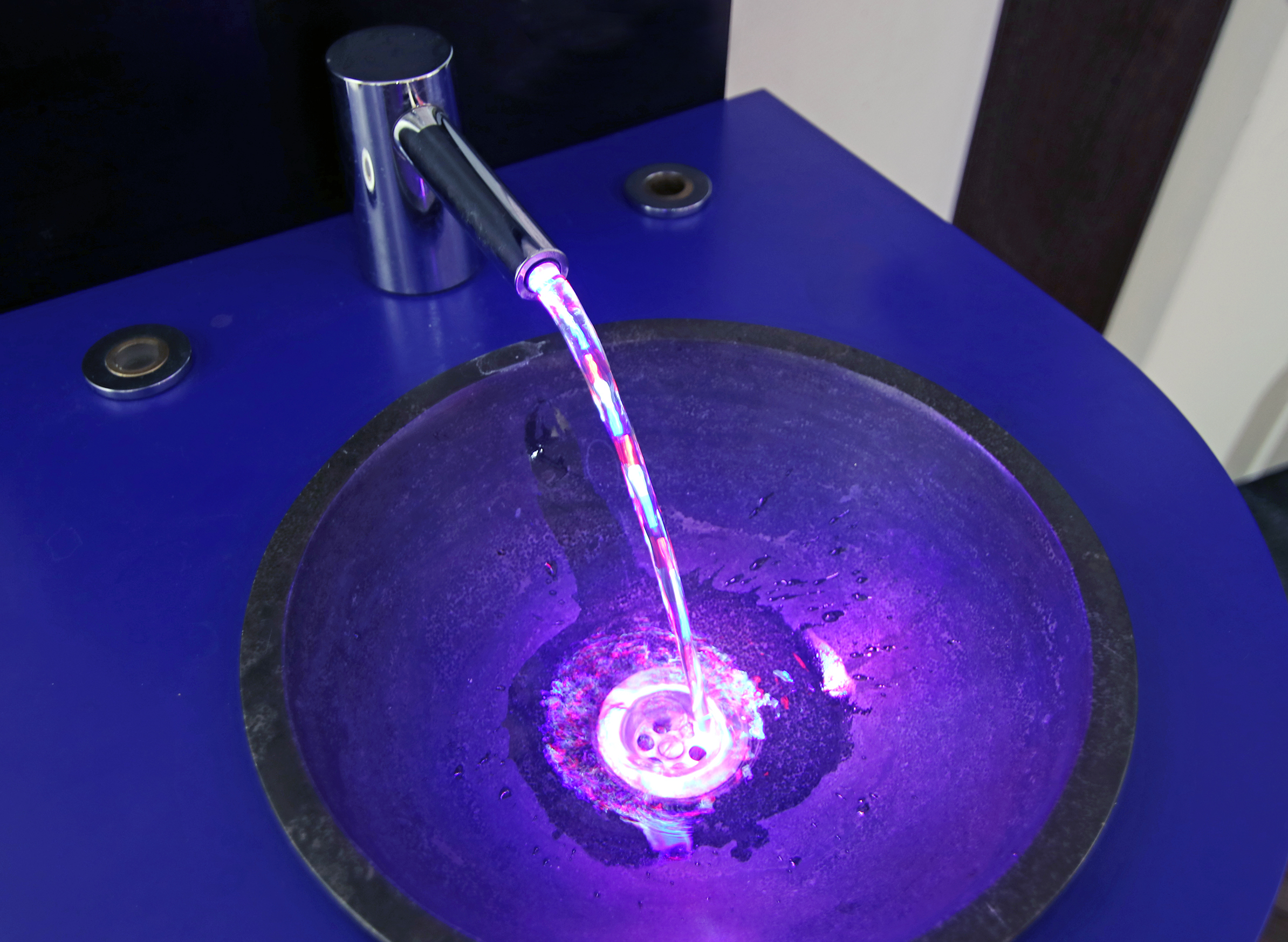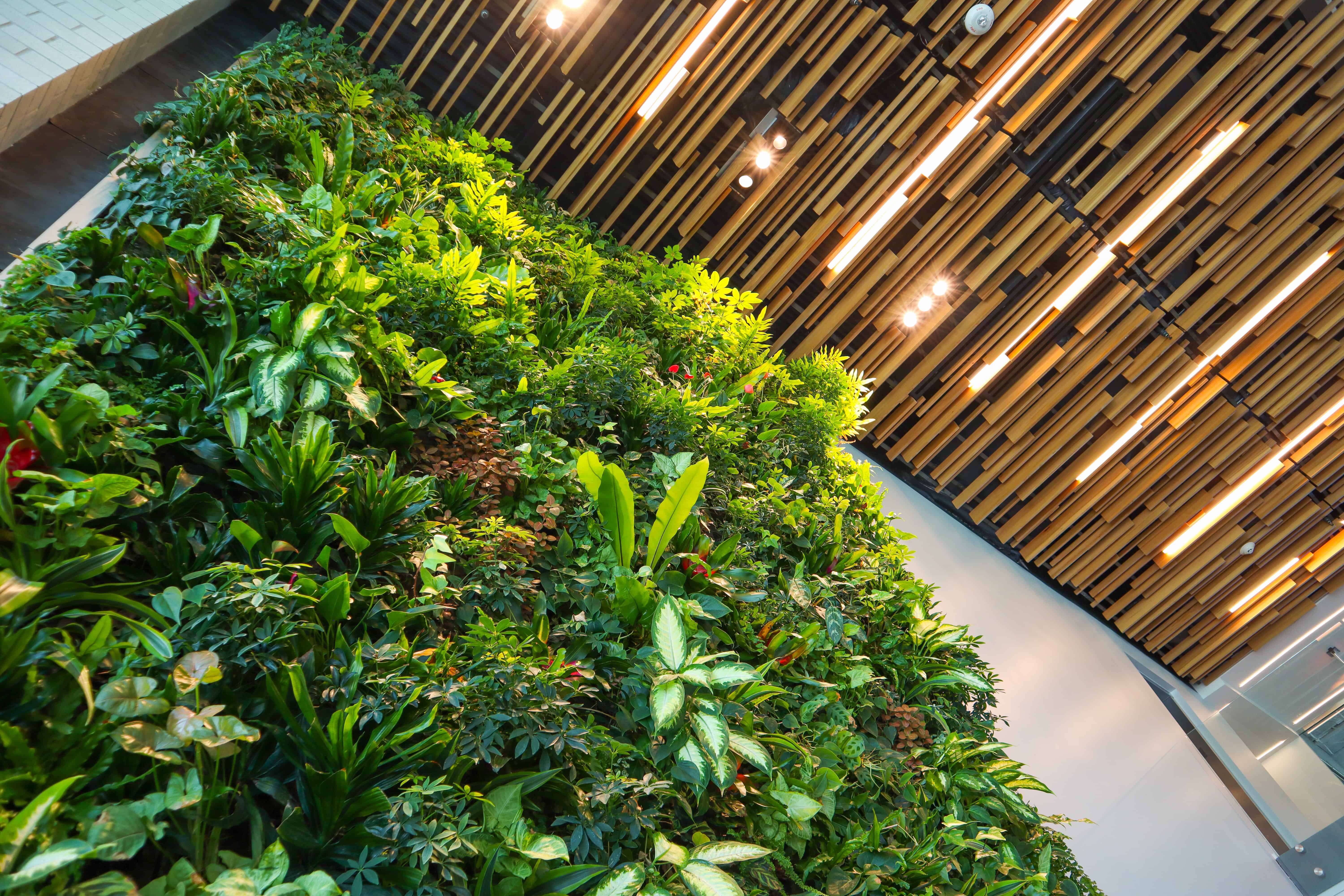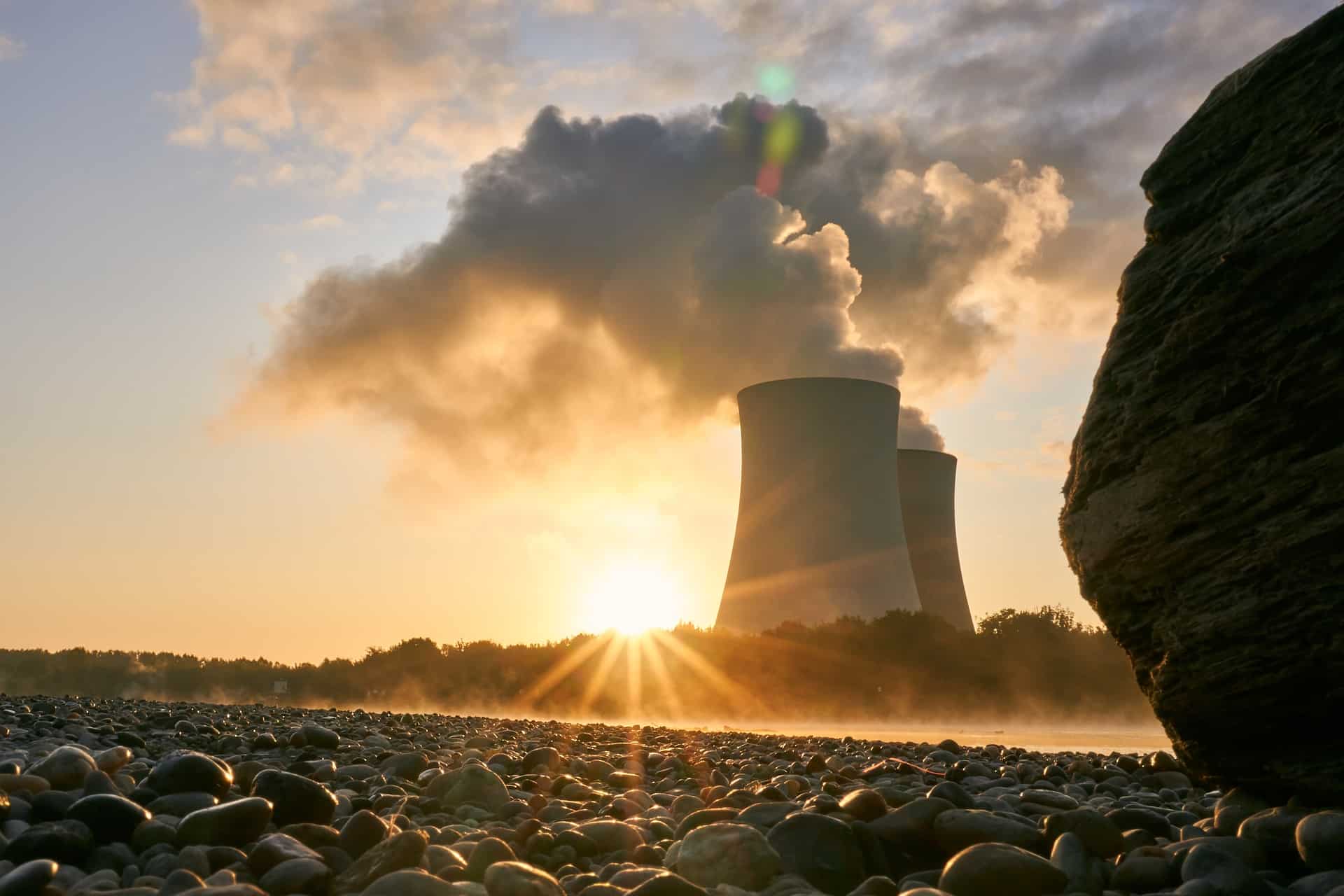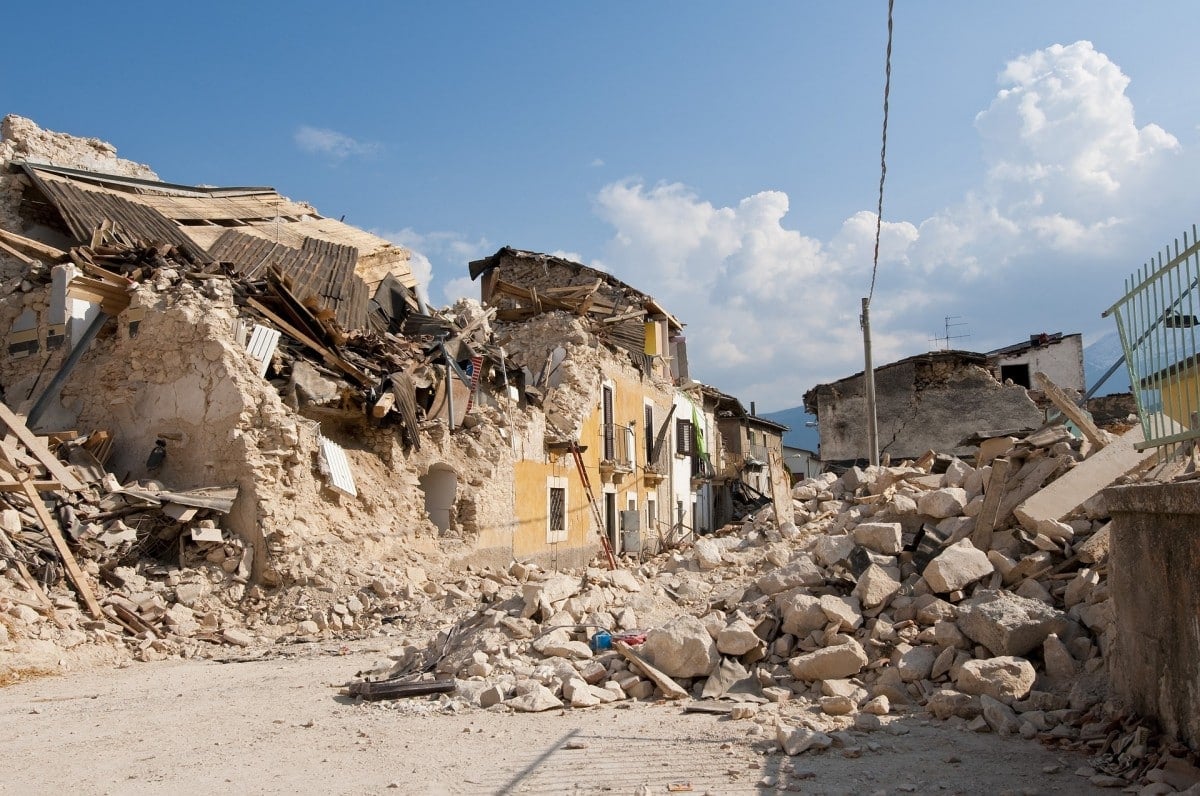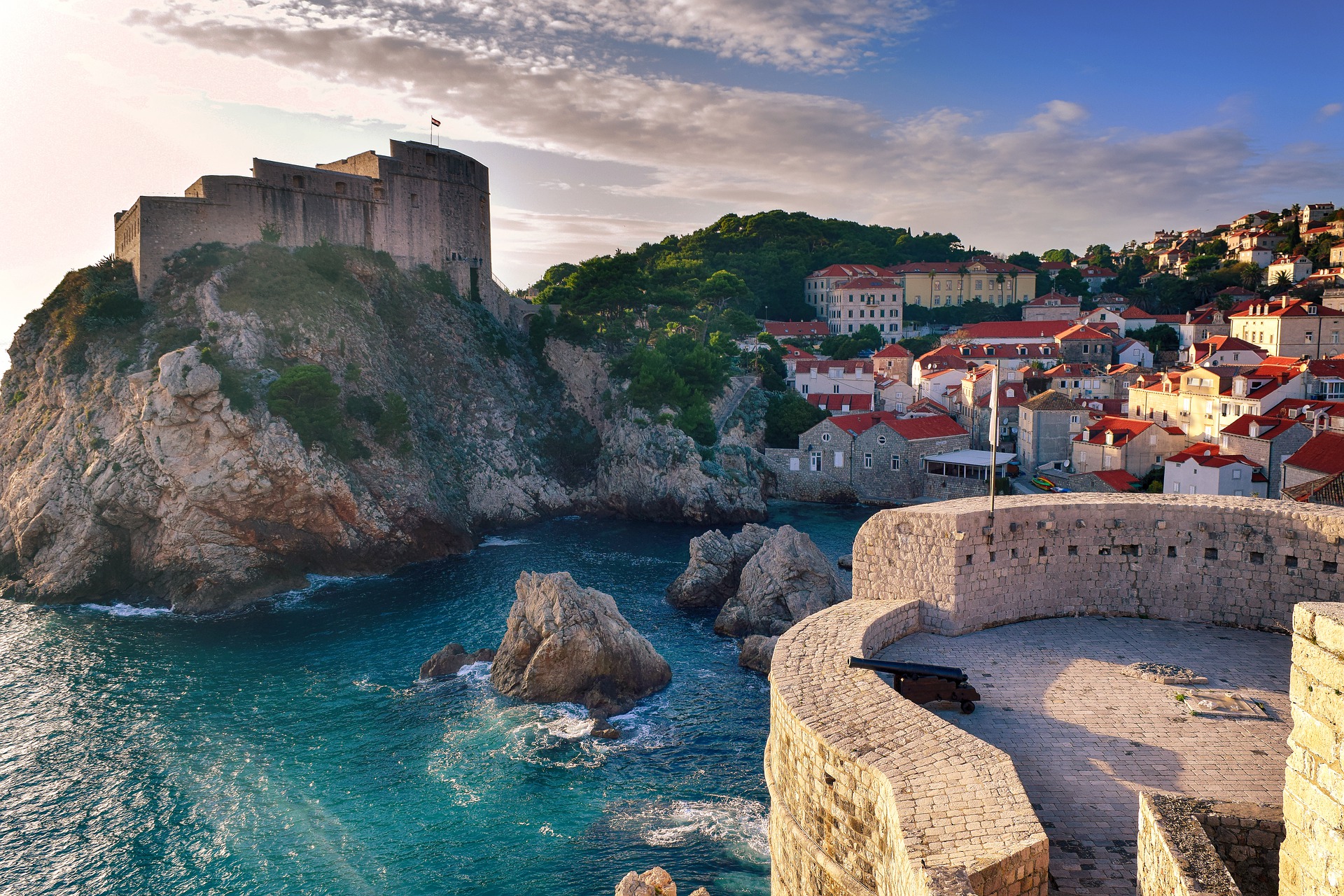
About Decarbonizing Europe
What does the Recovery and Resilience Facility entail?
The European Commission has made available an amount of 723.8 billion euros
to combat the consequences of the corona crisis and make Europe greener, cleaner, and future-proof. All member states have the opportunity to submit plans for disbursement from this Recovery and Resilience Facility.
Who is participating in the Recovery and Resilience Facility?
All the member states of the European Union. All member states? No, The Netherlands has not submitted plans as yet. Although, it became public knowledge at the end of January that hard work is going on behind the scenes in the Netherlands to secure some of those European billions.
What do the member states have to spend the money on?
At least 37 percent of the funding should be used for making their countries more sustainable and 20 percent for digitalization. In addition, there are also other key points:
– Smart, sustainable and inclusive growth
– Social and territorial cohesion
– Public health, economic, social, and institutional resilience
– Policy for future generations
What else is happening?
Apart from that, the EC has identified several so-called flagship areas:
– Power up
– Renovate
– Recharge and Refuel
– Connect
– Modernise
– Scale-up
– Reskill and upskill
What is Innovation Origins planning to do?
Over the next few months, we will be focusing on the implementation of these plans. We will be outlining what each country is doing to reduce CO₂ emissions, and we will be reporting on innovative projects. Infographics will allow you to compare the member states’ efforts with each other.
A crisis like the corona pandemic calls for decisive measures. The EU has freed up €723.8 billion in an effort to use the Recovery and Resilience Facility (RRF) to pull the European economy out of the recession caused by corona. In order to qualify for a share of this large bag of money, member states must submit a plan to the European Commission. In the series Decarbonizing Europe, we put those plans under a magnifying glass. This week: Croatia.
Not only the pandemic left Croatia with extensive damage in recent years. Two devastating earthquakes also caused huge destruction and are costing the country. Croatia is being supported with 6.3 billion euros in subsidies from Europe’s corona recovery fund. A large part of this, 40.3 percent, is devoted to the climate. The plan focuses mainly on making buildings more sustainable, which are in dire need of repair after the earthquakes. In addition, sustainable mobility is a key focus. 20.4 percent of the plan is dedicated to fostering the digital transition.
Energy-efficient buildings
A total of 789 million euros will go towards rebuilding buildings affected by the earthquake, with energy efficiency a major focus. They will not only become more seismically resilient, but also save at least 30 percent in terms of energy compared to the state they were in before the renovation. This will consequently make a considerable contribution to a cleaner environment.
Neven Duic is a professor at the University of Zagreb, working in the Department of Energy, Power Engineering and Environment. According to him, one of the greatest challenges the country will face in the coming years when it comes to sustainability is the replacement of gas boilers in buildings. “After the earthquakes, many of the gas boilers have been renewed, while we actually need to commit much more to alternatives to gas, such as heat pumps and district heating, if we want to achieve progress at a faster rate.”
But what does this kind of sustainable alternative look like? Croatia is located along the Adriatic Sea, and is taking advantage of it. Duic outlines how heat pumps running on seawater can help to make buildings more sustainable. This heat can be supplied directly in the case of hotels and hospitals, or through district heating. “Croatia has been working on seawater-powered heating for a long time. We could heat all of northern Croatia with it. We could also make much greater use of renewable sources such as geothermal energy and waste heat. It really has so much potential. So, I’m afraid that the gas boilers in renovated buildings will have to be replaced with more sustainable alternatives fairly soon.”
Railways and electric cars
A total of 728 million euros is being allocated to making mobility more sustainable, which still has a long way to go to achieve climate neutrality. Croatia’s railway network, for example, could do with a lot of improvement. “We have so far invested mainly in roads. It is time to switch to a cleaner way of traveling. The railway network is an important part of that.”
And for those who still want to drive around on roads: money will be freed up for electric vehicles on the road. Among other things, approximately 1,300 charging stations will be added across the country. “In Croatia, the market share of electric vehicles is only 2 percent. We host a lot of tourists who come here with electric cars. Therefore, we need to be able to build infrastructure. This is important not only for the climate, but also for the economy. So this is a very key element of the plan.”
Hydrogen and biofuels
Croatia has set itself the goal of increasing its use of renewable energy sources to over 36 percent by 2030. It is allocating 658 million euros for the energy transition and the modernization of energy infrastructure. Green hydrogen and advanced biofuels, among others, are at the core of this.
NextGeneration EU
The corona crisis is one of the biggest challenges of our time. The European Union, through NextGenerationEU – the largest recovery plan ever at €806.9 billion – aims to help its member states emerge stronger from the crisis. The Recovery and Resilience Facility (RRF) is at the heart of this plan (€723.8 billion).
The RRF has two goals: first, to pull the European economy out of the recession caused by the corona pandemic. At the same time, it is designed to give an impetus to important investments for the future and measures for rolling out reforms.
All 27 member states have submitted plans. Whether all the money is actually disbursed depends on a final assessment of the projects. For example, countries must spend at least 37 percent of their budgets on climate action and 20 percent on digitalization.
“I was quite surprised when I heard that as a country we are already going to commit so much to green hydrogen. While hydrogen fits into a sustainable future, there are also obstacles along the way, and more research and investment in renewable sources is needed before we can roll out hydrogen on a wider scale in our country. One reason is that electricity is still not renewable enough. Hydrogen only makes sense if it is low in carbon, that is, produced mainly from the green electricity in those hours when there is a surplus of it, we only have a few hundred such hours available in a year. Personally, I would go for a technology that can be widely adopted in the very short term. But it is still a step in the right direction.”
CO₂ capture
Croatia is also investing in CO₂ capture. The country has earmarked investments in two specific projects. A pilot project is being implemented at the Petrokemija Kutina ammonia production plant. This will capture CO₂ and transport it via an existing gas pipeline to depleted oil and gas fields in Ivanić Grad, Croatia. The project aims to capture 190,000 tonnes of CO₂ per year. A second investment will go to a CCS plant that will form part of an ethanol refinery project. The project aims to capture 55,000 tonnes of CO₂ per year, which will be transported to depleted gas fields about 40 kilometers away from the site.
Digital transition: connecting rural areas
In terms of digitalization, Croatia is facing challenges concerning the connectivity of remote rural areas. These areas lag behind in terms of gigabit connectivity, among other things. One plan involves funding broadband infrastructure in areas where there is a lack of commercial interest. This should serve to narrow the digital divide in Croatia. The investment will involve about 20 projects by local governments. Around 700,000 residents will be helped by this.
A whole lot of work
Still, Duic believes the biggest challenge in the whole story remains replacing the gas boilers. “And the fact that there are subsidies on them definitely is not helping. Many boilers are brand new. While eventually they will all hopefully be replaced by heat pumps. That sounds like a whole lot of work to me.”
But all in all, the plan is looking good, “if the execution proves to be at least as good as what is outlined on paper,” the professor notes. “Sometimes our country is simply too bureaucratic. We are very good at starting to take action too late. We’ve seen that before. We’ve had to return European funds before because we simply had not spent them. Let’s hope that we really do switch to taking action.”
Support us!
Innovation Origins is an independent news platform that has an unconventional revenue model. We are sponsored by companies that support our mission: to spread the story of innovation. Read more.
At Innovation Origins, you can always read our articles for free. We want to keep it that way. Have you enjoyed our articles so much that you want support our mission? Then use the button below:



